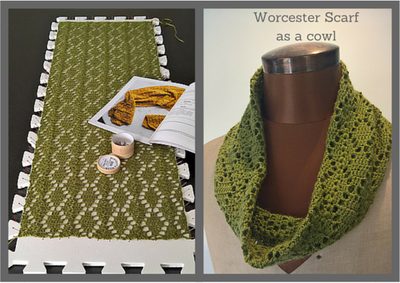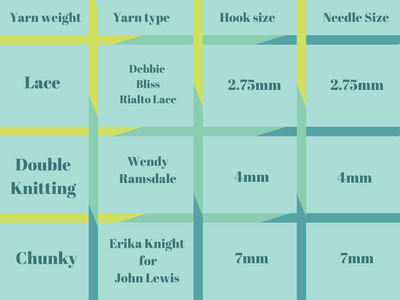
PERFECT PAINTING AROUND WINDOWS
About a 4 minute read
As always, the way to get a good paint job is to put in the groundwork - it's all in the preparation. I am always gobsmacked by how long it actually takes before I get to wield a paint brush and crack open my favourite new paint colour.
CLEANING WINDOW FRAMES
Paint preparation for me always starts with cleaning. I searched for a one-size-fits-all solution for this job because of the many things I had to remove from the window frames, sills and jams by the previous owners.
This includes, but is not limited to: massive blobs of emulsion paint, fly droppings, soot, dust, stickers and unidentified things that I don't want to think about!

Above is a good example of what I was dealing with - blobs of emulsion paint all over the UPVC frame.
The best solution I found was methylated spirits and it worked a treat. I used a textured cloth dipped in the meths and it easily dealt with all the things I wanted to remove and a lot of the excess decorator's caulk and silicone that was sealing the windows.

Where the silicone/caulk build-up was too much for the meths, I used my trusty mini-scraper (I use this for so many things) to chisel a neat edge to the seal.
All of this cleaning and preparation work makes a huge difference to the final paint job. Our window frames went from a grey dirty colour, covered in all sorts, to a bright white and methylated spirits do not harm your UPVC frames.
PAINT PREPARATION
The next step is to fill any holes and cracks and reseal around the window frame if needed.
I have been testing out the Polycell Quick Drying Polyfilla. It definitely dries that quickly on hairline cracks and small holes like those left from picture hook nails. For large cracks and holes, you will need a much longer drying time and may need to add a second fill.
I usually use my trusty mini-scraper to fill holes and large cracks with filler. For hairline cracks, I add a blob of filler onto my index finger and trace my finger along the crack.
If the hole is massive, I stick the filler nozzle into it to fill and then take the excess off with my scraper.
Once the filler is dry, I use medium-grit sandpaper to even out the filler to the surface. I find that if I use fine sandpaper, it can make the filled area too smooth and it shows when you paint over it.
For sealing, I prefer decorator's caulk over silicone because you can paint it. If you haven't used caulk before, it's a great way of getting neat finishes to your decorating, especially when you need to fill areas like gaps between the wall and a skirting board.

If you need to remove rawl plugs, here's the easiest way. Place the screw back into the rawl plug just enough that it is gripped in. Using pliers, grip around the head of the screw and pull. Be careful when you do this. It's very easy to fall off a ladder when you loose your balance and a trip to A&E is never a pleasure.
The rawl plug and screw should pull out easily with minimal damage.
Don't use a hammer claw for this job as it pulls the rawl plug out at an angle and makes a mess of your plasterboard. I say this with experience!
CUTTING IN NEATLY
You have cleaned and prepped and finally, it's time to paint. I think that the best way to approach cutting in (painting a neat edge) is with bold, confident strokes. Taking it overly slowly can mean more mistakes. Here's how to go about cutting in with confidence:
- Use a good brush. I like the Harris Precision Tip ones and use a 1" - 1.5" tip for this type of job.
- Charge your brush with paint. You will soon get a feeling for how much paint you need with each charge.
- Paint parallell to the edge you want to cut into, but about 1cm away. If you go straight to the edge and have too much paint on your brush, beads of paint can form and go beyond the line you want to paint.
- On the next stroke (without recharging the brush), go back to the same place you just painted but go right up to the edge.
- You may find it easier to get a neat edge if you rest your wrist on something as you paint. It can help to steady your stroke.
- Keep a slightly damp cloth to hand. Mistakes will be made, just be ready to wipe them away quickly.

PAINTING NEAT EDGES WITH CONTRAST COLOURS
I quite like using high contrast colours for a wall and inside the window jam. It's what I have done in our Mid Century Modern inspired bedroom, using a bright teal paint (Cool Lava from Johnstone's Paint) for the walls and Brilliant White for the window jam. The addition of the pumpkin coloured blind (from Blinds2go because they have an amazing range, manufacture in the UK and can send samples out in the post) and plants make for a striking window wall.

To be able to pull this off though, you need to get crisp edges between your contrast colours. Here is how to achieve that:
- Use a good brush.
- Charge your brush with paint.
- Paint parallel to the edge you want to contrast, but about 2mm away. If you go straight to the edge and have too much paint on your brush, beads of paint can form and go beyond the edge you want to paint.
-
Without recharging the brush, and working from the edge, paint away from it gently. For the example below, the first stroke was vertical and the edge strokes are small horizontal strokes.
- These small, controlled strokes allow you to create a neat, feathered edge where the two colours come together.

IS IT WORTH THE EFFORT?
It is definitely worth the effort to clean and prepare the window frames before you paint around them.
I also think it's worth taking a look online at different ways to paint out window areas. The sill could be a different colour to the jam and wall. In our lounge, I am about to paint the jam, sill, radiator and wall the same vibrant blue colour to make a real end of a long room statement. I'll show you that in a future blog post.
LET'S KEEP IN TOUCH

I write a monthly newsletter for Living at No. 87 - why not sign up below? You can also catch me on Instagram, Pinterest & YouTube.











